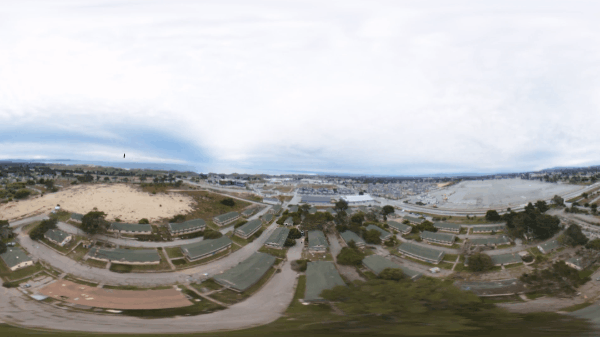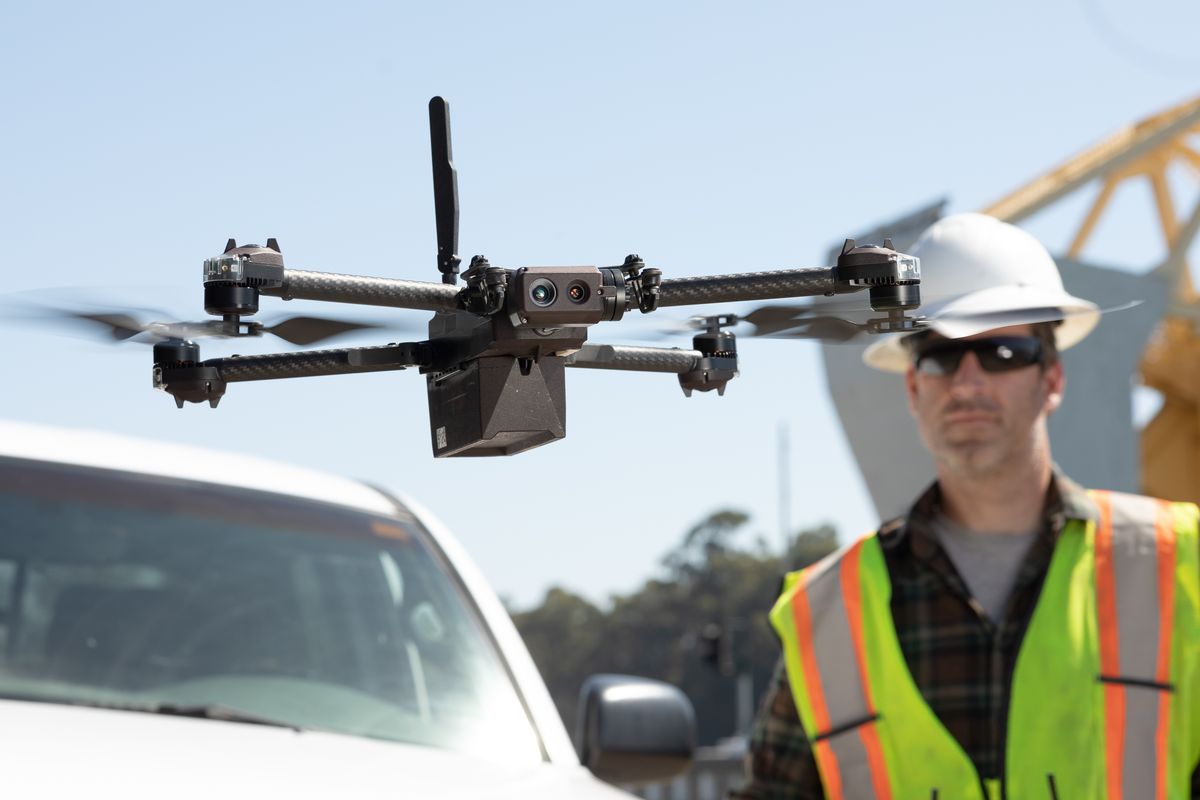If you’ve been eagerly awaiting the day when self-flying drone startup Skydio becomes a true competitor to DJI, you might taken today’s announcement poorly. You might have assumed that after two impressive drones that didn’t quite fulfill their full potential, Skydio’s decision to build its next flying flagship camera exclusively for the enterprise and military markets meant it was done with consumers entirely.
But Skydio CEO Adam Bry tells The Verge he’s just getting started — there are more consumer drones on the way.
“We have more products coming in that market that we’re excited about,” reveals Bry, saying the timing was simply right to expand into the enterprise market, too. In both markets, he says, the goal isn’t to try to beat DJI by copying DJI, but rather to build drones that can automatically do things which currently require an expert pilot to pull off.
An expert co-pilot
“Being able to follow you is something an expert pilot could do; being able to inspect a house is something an an expert pilot can do; being able to inspect a bridge is something an expert pilot can do. How do we put that in software so anyone can benefit from it?” Bry asks, rhetorically.
Skydio sees itself building specific “AI skills” to do each of those things, starting with a few specific examples that use the drone’s cameras to first map out the area around itself, then automatically take a series of high-resolution images that can be stitched together to create a scan of a house, bridge, or other facilities for inspection:
[embedded content]
[embedded content]
[embedded content]
Bry says he sees opportunities for “skills” outside of enterprise, too — particularly in the cinematography world, where operating a camera also requires expert skills, and where flying cameras could theoretically make camera moves that are all but impossible for cinematographers on the ground.
But he also thinks a different business model may be the way forward — whether they pick the new folding Skydio X2 or the consumer-grade Skydio 2, enterprise customers will be paying for a subscription service to these new skills rather than simply buying off-the-shelf drones.
Banking on “Made in the USA”
If this idea of skill-driven-drone-upgrades sounds familiar, you might be thinking of promising drone startup 3D Robotics pitch from several years ago, before it got edged out by DJI’s then-quickly-advancing, reliable, and relatively affordable line of drones.
But history might not repeat itself. Now, governments and industries have become more wary of China-made products — to the point the US Department of the Interior grounded its DJI-made fleet. Skydio is betting its made-in-the-USA pedigree will help it get contracts with enterprise and military customers that DJI can’t touch right now. In fact, the company already has contracts with the US Air Force, Army, and DEA, reports Wired.
That doesn’t mean Skydio is ready to become a weapon system provider, though, or necessarily help police surveil citizens. The company’s new “Engagement and Responsible Use Principles” explicitly state that Skydio won’t put weapons on its drones and is opposed to fully automated weapons in general — and Bry tells me Skydio would not work with a company that plans to put weapons on its drones, either.
:no_upscale()/cdn.vox-cdn.com/uploads/chorus_asset/file/20081506/Skydio_AB_2125.jpg)
“We believe drones should be involved in emergency response situations, not active surveillance, and I think that’s a pretty clear line,” he says, adding that Skydio plans to be involved as it can in policymaking around autonomous drones, too. “You ship a product out there, you wash your hands of it… that’s not our approach,” says Bry.
That said, the company is already working with at least one police department in Chula Vista, California, and it’s not clear how it would know if its drones were being abused to surveil protesters or other citizens. For now, Bry is focused on positive use cases, like how drones could theoretically serve as a sort of flying body camera, and perhaps how they could let more objective observers (like, say, a police captain) do a better job of assessing a situation at a distance.
Bry isn’t saying how much the Skydio X2 will cost yet, or what we can expect from future consumer drones. (Does the X2’s newfound folding ability mean we can finally get a pocket, purse or messenger-friendly folding follow-me drone? No comment.) He also won’t say whether there’ll be a way to use the Skydio’s new 360-degree situational view with a VR or AR headset — only that I’m on the right track. For now, that feature’s limited to an equirectangular projection (see below for an example) on the new Skydio Enterprise Controller’s built-in screen or HDMI out.

And no, there’ll be no way to pair the upcoming Skydio Enterprise Controller, even if you could afford it, with today’s consumer-grade Skydio 2. If you want a better consumer-grade self-flying drone than the Skydio 2 and the tradeoffs that come with its three different control schemes, you’ll just have to wait.
